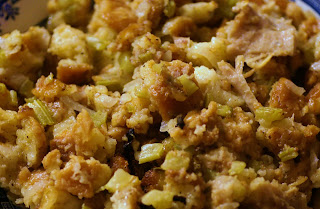Down Ames Hill Road we sauntered in the 16-degree cold, under the light of the moon and crunching snow. Chester barreled ahead, and every so often we gave him a whistle so as not to awaken the neighbors, sound asleep with thoughts of sugar plums and credit card debt in their heads. We turned around at Fox Road and walked back to the top of the porch, through the stone wall. Back inside, we stoked up the fire and had a marvelous early morning breakfast of Against The Grain Dairy Free bagels and eggs. By 9AM, Tom climbed back into bed and shuttered the sash. Although it was Christmas Eve, I’m still a slave to gender stereotypes, so I went down to the basement to put in a new load of wash. In the quiet of the half-sleeping household, I accidentally snapped the dryer door shut with a “pop.” Much to my astonishment,
Up in the living room, I heard such a clatter.
I sprang upstairs to see what was the matter.
When, what horror to my wondering eyes should appear,
But Chester crouched, quivering on the stairs with fear
Strewn across the carpet was the eight-foot tree
The lights all askew, the ornaments thrown free
His eyes how they rounded, his hackles so hairy.
His tail between his legs, and countenance so scarry.
His droll little mouth was as wide as could go,
The color of his nose, blanched like the snow.
“I need some help,” I said, mopping up the tree stand water with multiple dish towels.
“Let’s just throw it back in the woods!” Alex said indignantly, referring to the fact that it has been a family tradition since moving to Vermont, to cut our Christmas tree off our land.
As far as he was concerned, the tree was now “damaged goods,” but he reluctantly held it up for me, as I readjusted it in the stand, and wired it to the wall with some floral wire (no way that puppy is going to fall again, I thought, as the crashing tree was already on the verge of ruining Alex’s Christmas.) I picked up the remarkably intact glass ornaments that skidded to a stop across the room, and in no time at all, had the chaos restored to normal. Chester wouldn’t even enter the room for hours, and still won’t venture within five feet of the tree.
Somehow, when we drift off to sleep tonight with visions of dairy free bagels dancing in our heads, it will seem anticlimactic. Christmas Eve 2010 will be the year we took an invigorating walk in the moonlight, and the tree took an invigorating spill, all before the day got started. Okay, so I have a psychotic dog and a lop-sided Charlie Brown tree, but we have so much more to be thankful for.
Happy Holidays from Against The Grain!









































